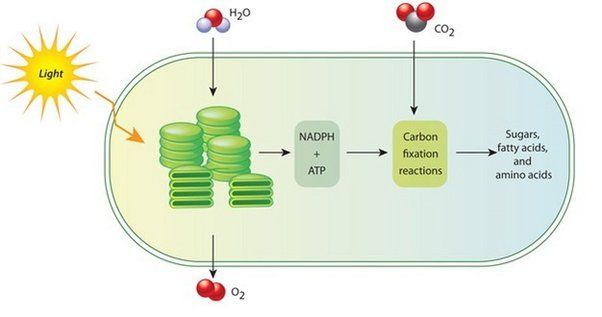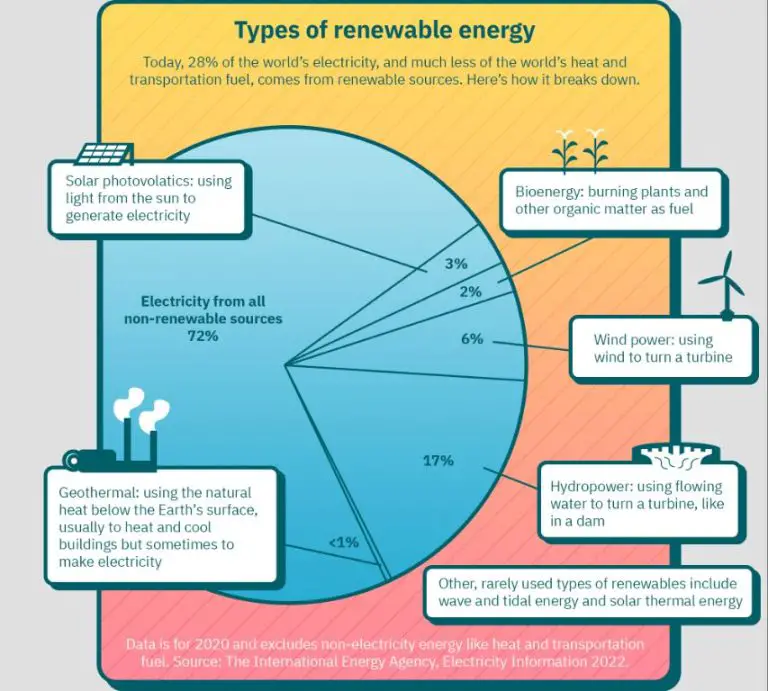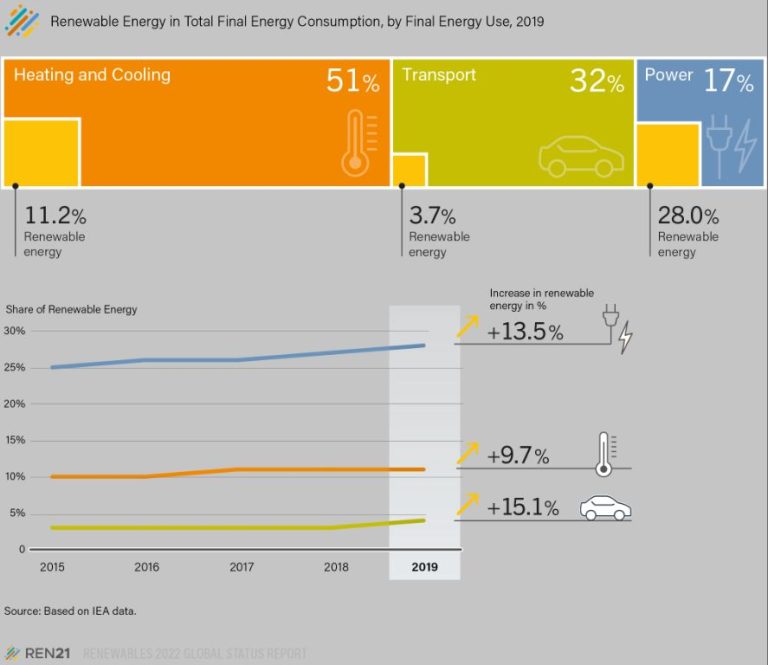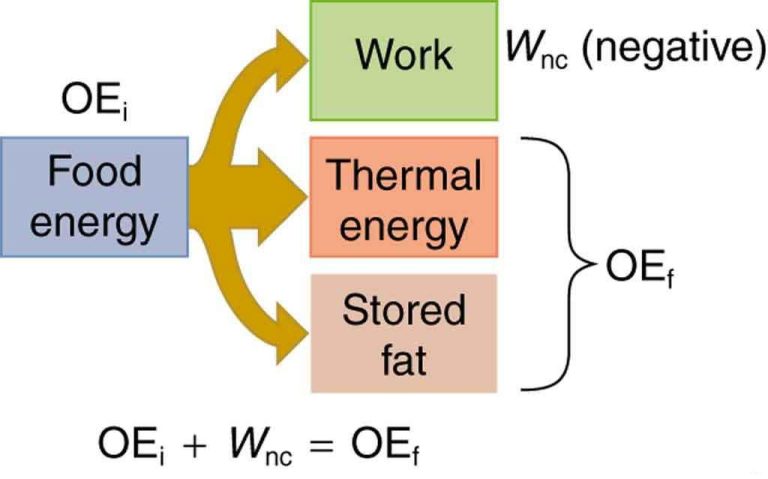Is Water Inexhaustible Or Renewable?

Water is an essential resource for life on Earth. While water cycles continuously through the atmosphere, oceans, and land through processes like evaporation, precipitation, and surface runoff, the overall amount of water on Earth remains constant. However, water can be classified as either a renewable or nonrenewable resource depending on usage and sustainability.
A renewable resource is one that is replenished naturally over time. Renewable water resources like rivers, lakes, and rainfall are replenished through the water cycle. As long as the rate of use does not exceed the rate of natural replenishment, renewable water resources can be sustained indefinitely.
A nonrenewable resource is one that cannot be readily replaced once it is depleted. Underground reservoirs and aquifers are examples of nonrenewable water sources, since groundwater can take anywhere from hundreds to thousands of years to replenish once withdrawn. Excessive use of these finite groundwater supplies can lead to permanent depletion.
Therefore, while water itself cycles continuously in various forms, water sources like aquifers and lakes are only renewable if usage and discharge are managed sustainably. Understanding water’s renewability depends on whether supplies can meet human water demands without compromising long-term availability. This highlights the importance of water as a precious resource requiring sustainable practices and conservation to ensure adequate future supply.
Water Cycle
Water continuously circulates through the water cycle, which makes it a renewable resource. The water cycle describes how water evaporates from oceans, lakes, rivers, and the land before condensing into clouds and falling back to Earth as precipitation. Once it reaches the ground, this precipitation can flow over land as surface runoff or infiltrate into the ground. Some of the surface water then evaporates back into the atmosphere while some percolates deeper into the ground to become groundwater. This groundwater can discharge into streams or be extracted through wells for human use. After use, wastewater can be treated and reused or returned to the environment where it re-enters the water cycle. In this way, water is constantly renewed through evaporation, condensation, and precipitation in a sustainable cyclic process (Source).
Finite Supply
Despite water’s renewable nature through the water cycle, the overall supply of water on Earth is finite and limited. Only about 1% of the world’s water is readily available for human use. The rest is saline or locked up in glaciers and ice caps. With a growing global population and increased water demand, water scarcity has become a critical issue worldwide (Water Scarcity).
Water scarcity refers to a lack of access to adequate quantities of water for human and environmental uses. It can be caused by limited physical supply, economic scarcity, or both. Physical scarcity occurs when the volume of water withdrawn from lakes, rivers, and groundwater exceeds the volume replaced by precipitation. Over 1.1 billion people worldwide lack access to water, and 2.7 billion experience water scarcity for at least one month per year (Water Supply Finite Limited Scarcity Map).
The finite nature of usable freshwater highlights the need for conservation and sustainable use. Withdrawing water faster than the natural rate of renewal leads to depletion and competition for dwindling supplies. Implementing water efficiency measures and reducing waste are crucial steps toward ensuring adequate water for human needs and environmental health into the future.
Usage Rates
Water usage rates have been steadily increasing around the world in recent decades. According to a U.N. report, global water usage increased by over 600% between 1900 and 2000. Much of this increase is attributed to rising populations, economic development, and changing consumption patterns.
Agriculture accounts for nearly 70% of global water withdrawals, while industry accounts for about 20% and domestic/municipal use about 10%. These proportions vary by region, with agriculture using over 90% of water in some developing countries but far less in developed nations. Global agriculture water usage is estimated to have increased by over 100% from 1900 to 2000.
The rise of megacities with over 10 million inhabitants has also driven increased municipal water demands, especially in developing countries. Leakage and inefficient distribution systems exacerbate municipal shortages in many cities. Global municipal water use is projected to continue rising with urbanization and rising living standards.
On the industrial side, electricity generation and manufacturing account for most water usage. Thermal power plants have very high water needs for cooling and other operations. Global industrial water usage is expected to keep increasing, especially with energy demands.
Overall, given the intersecting trends of population growth, urbanization, economic development, and changing lifestyles, global freshwater usage rates are expected to continue rising substantially in the coming decades. This presents a major challenge in sustainably managing freshwater supplies. Conservation and improved efficiency will be critical to balance usage with availability.
Conservation
Water conservation efforts aim to reduce water usage through various initiatives and policies. Some common conservation methods include installing low-flow fixtures, fixing leaks, using water-efficient appliances, irrigating efficiently, educating the public, regulating water use, and recycling water. Studies show these efforts can significantly reduce water demand. For example, a 2015 study found that adopting basic conservation measures in Los Angeles homes reduced water use by 15-30% (https://www.ci.durham.nh.us/sites/default/files/fileattachments/town_council/meeting/38091/june_17_2013_council_packet.pdf).
However, the effectiveness of conservation depends on consistent participation and enforcement. During droughts, usage limits and restrictions may temporarily reduce demand, but old habits often resume afterwards. Sustained reductions require changing attitudes and behaviors around water use. Public education campaigns can encourage lifestyle changes like taking shorter showers or only washing full loads of laundry. But not everyone cooperates, so regulations are also necessary. For instance, California mandated that all new homes install low-flow fixtures starting in 1992, permanently reducing per capita water use.
While conservation is crucial for sustainable water management, it has limits. As populations grow, demand may outpace savings from efficiency. But implementing conservation best practices delays the need for costlier supply-side solutions.
Pollution
Pollution poses a major threat to water supply sustainability. As the human population grows and industrialization expands, more and more contaminants are entering our water systems. According to the NRDC, industrial dumping, urban runoff, and other sources have left 40% of our rivers and streams and 30% of lakes too polluted for fishing, swimming, or aquatic life.
There are several ways pollution compromises water supply sustainability:
- Toxic contaminants make water unsafe for human consumption and destroy ecosystems that depend on clean water. Industrial chemicals, pesticides, heavy metals and plastic waste are extremely difficult to remove once released into the environment.
- Nutrient pollution from fertilizers, sewage and livestock waste causes algal blooms that deplete oxygen and create dead zones where nothing can live. Algal blooms also make water toxic. According to the World Wildlife Fund, there are over 400 dead zones around the world, covering an area larger than the United Kingdom.
- Oil spills, whether accidental or intentional, can devastate entire ecosystems. Oil prevents sunlight from reaching aquatic plants, affects fish reproduction and impairs feeding abilities. Oil spills are difficult to clean up fully.
- Radioactive waste and fallout can cause cancer, birth defects and genetic damage. Radioactive contamination can persist in water for decades.
- Warming ocean waters caused by climate change are leading to an increase in toxic algal blooms along coastlines around the world, according to NRDC.
Pollution degrades habitats, reduces biodiversity and introduces health risks. To develop sustainable water supplies, we must prevent pollution through regulations, invest in conservation, and develop new technologies to remove contaminants.
Climate Change
Climate change poses significant threats to water resources around the world. Rising global temperatures are projected to reduce snowpack and glaciers, increase evaporation, intensify precipitation events, and increase the frequency of droughts in many regions (EPA, 2023). According to the EPA (2023), climate change could substantially reduce water availability in critical areas, negatively impacting agriculture, ecosystems, and human health.
One major impact is on snowpack and glaciers that act as natural reservoirs for water supply. With warmer temperatures, more precipitation falls as rain rather than snow, and snowpack melts earlier in the spring (EPA, 2023). This leads to reduced snowpack, less water stored naturally, and altered streamflow patterns. Loss of glaciers also reduces water storage capacity.
Increased evaporation due to higher temperatures will directly impact surface waters, reservoirs, lakes, and rivers. More intense precipitation events can lead to flooding, while shifts in precipitation patterns can increase the likelihood of drought in some areas. Droughts can severely reduce water availability for human and ecological needs (Du, 2021).
Climate change is projected to reduce renewable water resources in major river basins globally, including key basins in Africa, South America, and Southern Europe (Du, 2021). Careful water management and conservation efforts will be needed to increase resilience and adapt to climate change impacts on water resources.
Desalination
Desalination is the process of removing salts and minerals from saline water to produce freshwater suitable for drinking or irrigation. As freshwater supplies face increasing scarcity, desalination is gaining interest as a way to create new, drought-resilient sources of water. According to Gale (Bloetscher, 2011), desalination has the potential to replace vulnerable water supplies and increase freshwater recovery.[1]
There are two main desalination methods – thermal distillation using heat and membrane processes using high pressure. Thermal distillation involves heating saltwater and capturing the freshwater vapor that is produced. Membrane desalination pushes saltwater at high pressure through membranes that filter out the salts. While often energy-intensive, innovations in efficiency are helping drive down costs.
According to the International Desalination Association, there are over 21,000 desalination plants operating globally, producing over 95 million cubic meters of water per day. The largest facilities are located in arid regions like the Middle East and North Africa that lack naturally renewable freshwater. With freshwater scarcity expected to increase with climate change and population growth, desalination capacity is projected to expand significantly in the coming decades.
Desalination is not without drawbacks. Facilities require coastal locations and can damage marine life if intake and outfall structures are not designed properly. The brine discharge also has double the salinity of seawater and can impair water quality if not disposed of correctly. Additionally, the energy demands of desalination contribute to greenhouse gas emissions. However, advances in membrane technology and renewable energy integration are helping address these challenges.
Overall, desalination holds promise as a drought-proof water supply, if deployed strategically and sustainably. As freshwater resources come under increasing pressure globally, desalination may become an indispensable source of new water in coastal regions. However, it should complement, not replace, other methods like conservation and water recycling.
Regulations
Water use and quality in the United States is governed by both federal and state regulations. At the federal level, the main laws are the Clean Water Act and the Safe Drinking Water Act. The Clean Water Act establishes regulations on pollutant discharges into surface waters in order to protect water quality for drinking, recreation, agriculture, and wildlife. The Safe Drinking Water Act sets standards for drinking water quality and oversees public water systems.
At the state level, regulations related to water rights, usage, and conservation vary. Western states tend to have more complex water laws due to scarcer water resources. These laws govern surface and groundwater rights, water transfers, and conservation measures. States like California have extensive regulations to manage complex water allocation systems. Eastern states generally have less strict regulatory regimes since water supplies are more abundant. Overall, states regulate issues like water rights permitting, well drilling, dam construction, and water quality standards.
Government agencies involved in water regulation include the Environmental Protection Agency, Army Corps of Engineers, state environment/health agencies, and state engineer offices. Enforcement occurs through permitting programs, inspections, monitoring, and penalties for violations. Regulation of water resources has become more important due to increasing usage demands and climate change impacts on supplies.
Conclusion
In summary, water cannot truly be considered inexhaustible or unlimited. While the global water supply is constantly renewed through the water cycle, the available freshwater supply is finite at any given time. Usage rates are outpacing natural replenishment rates in many parts of the world, and existing freshwater supplies face depletion and pollution from human activities. As the global population increases, so does the demand for clean water resources. Climate change is also disrupting historical rainfall patterns that replenish reservoirs and aquifers. While new technologies like desalination can create freshwater from seawater, these carry their own environmental impacts and high costs. Strong conservation practices, pollution control regulations, and sustainable usage will be crucial to ensure adequate, clean water for generations to come. Ultimately, water should be treated as a precious, renewable but limited resource requiring responsible stewardship.






